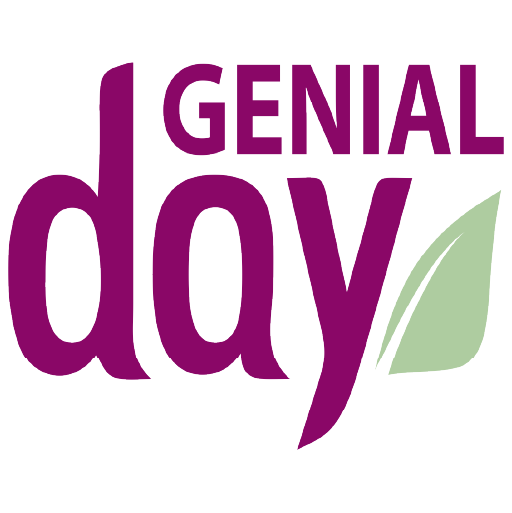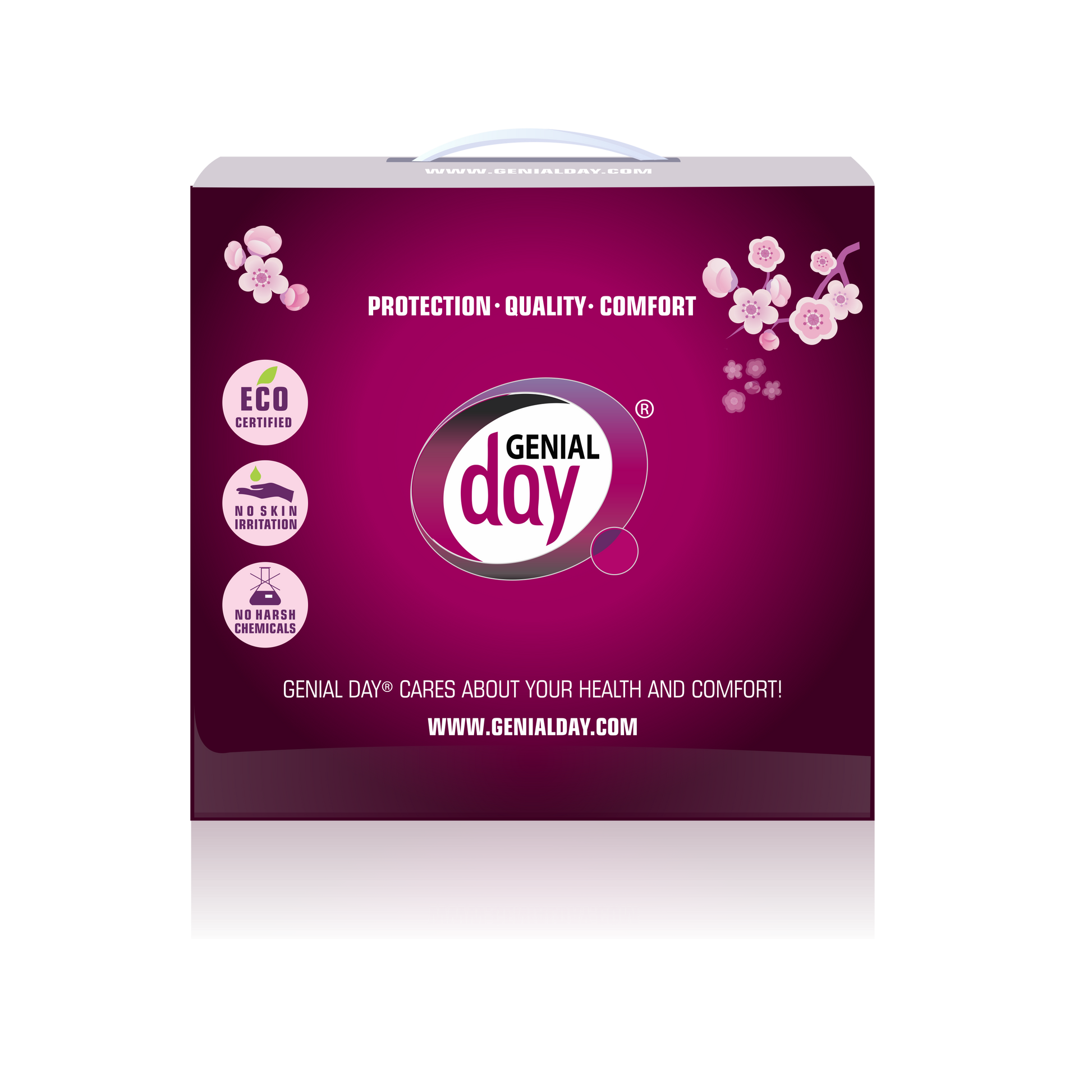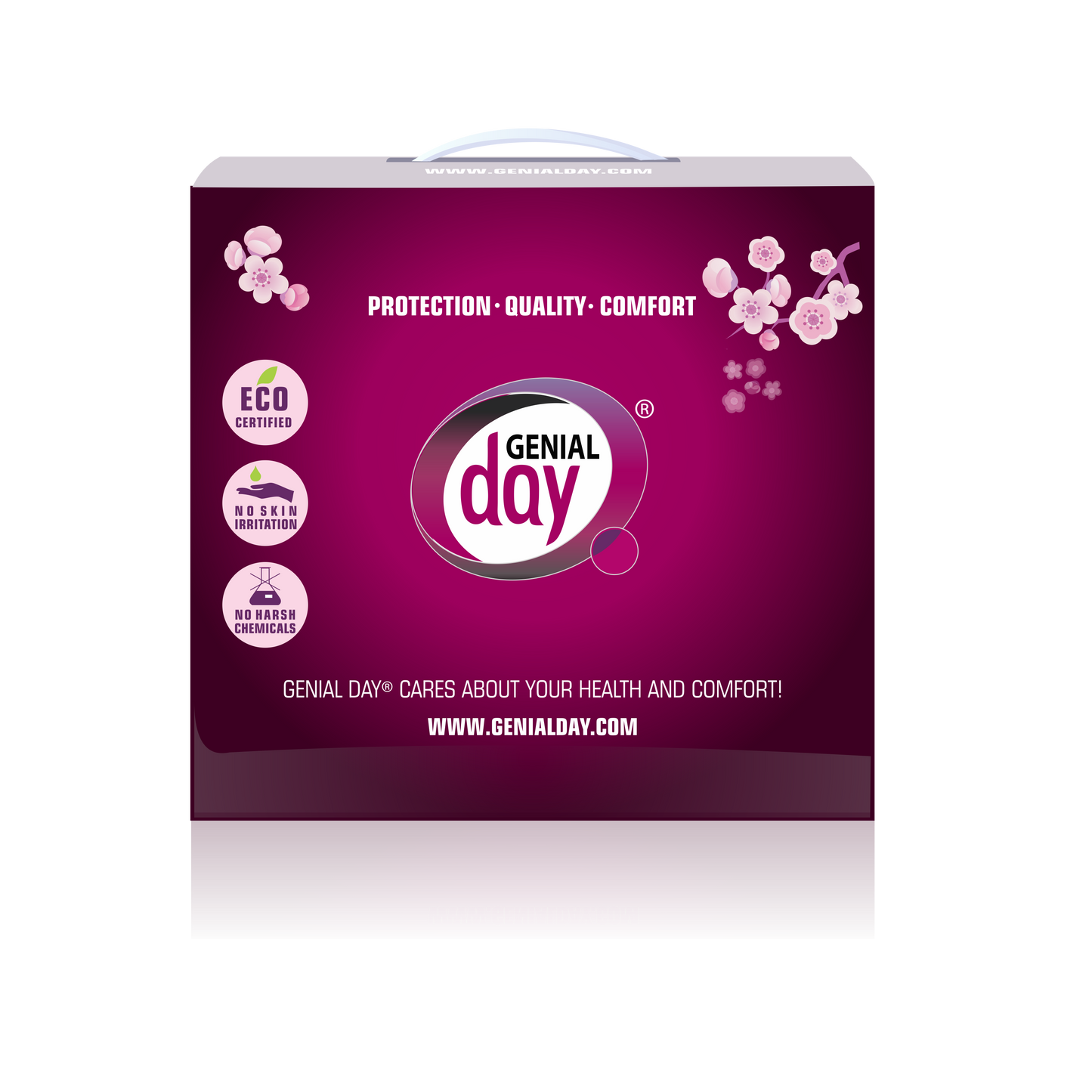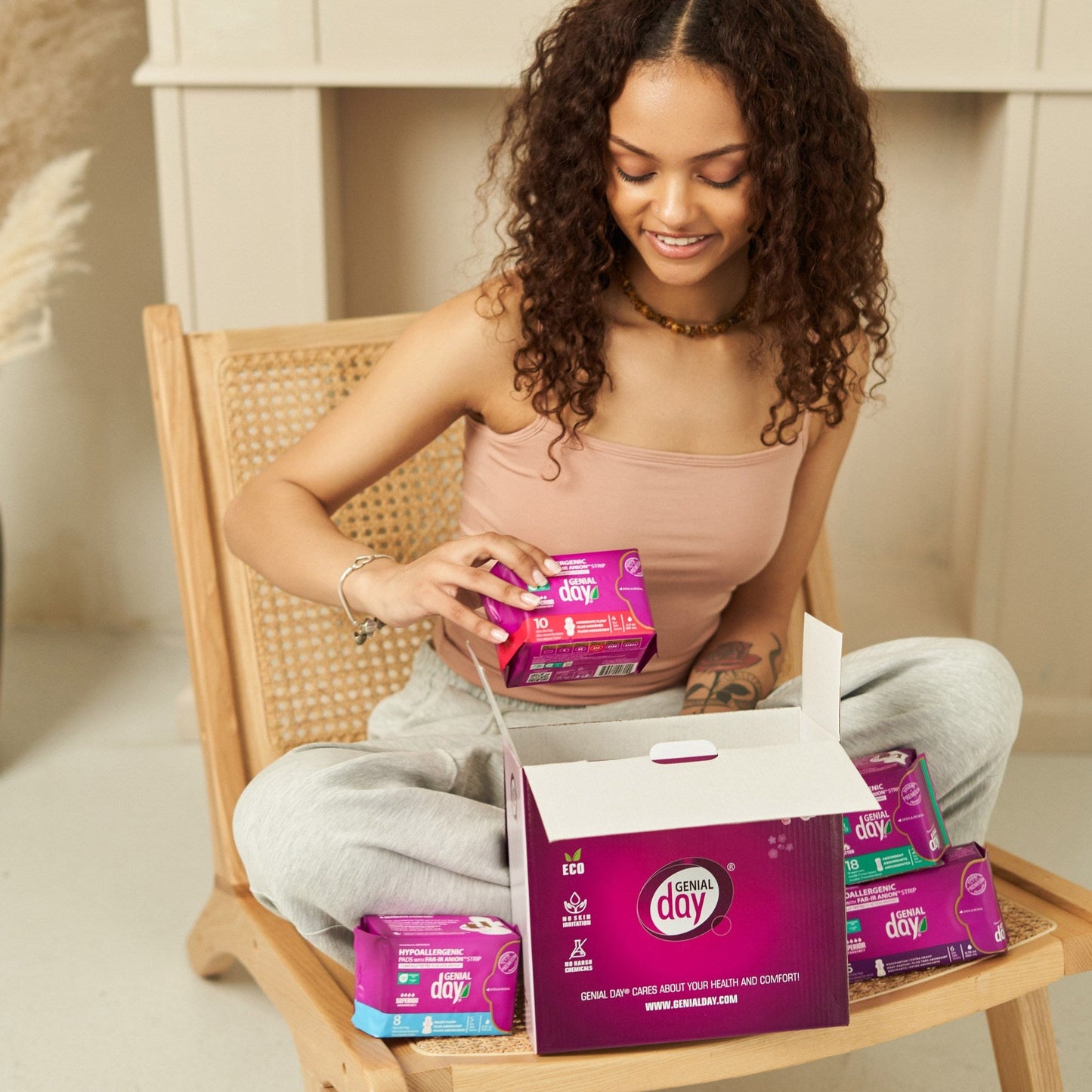Just think of it! Immediately after delivery, your body launches the process of returning to its pre-pregnancy state.
During the first 6 – 8 postpartum weeks, your uterus slowly begins to shrink, just as your abdominal muscles and pelvic bones, which begin to return to their original position. Your body begins to spend stored fat to create nutrient-rich milk for your baby, and hormones begin to rebalance.
As your body has been stretched and stressed to the max, it needs time to regroup. This process is complicated and… indeed, amazing. Women have phenomenal abilities to bring themselves back to the pre-pregnancy state.
Sure enough, each will recover at a different rate, but the majority of postpartum symptoms – painful contractions, constipation, frequent or painful urination – ease up in about a week. Others – discharge and bleeding, backaches, sore nipples, etc. – may last for weeks.
It’s not so realistic to think everything would be “normal” or you’d be back in your pre-baby clothing in a week. But our female bodies are pre-arranged to heal, restore and come back to balance. It does take time. Happily, as your body does this incredible work, you can aid in the healing. The following 3 suggestions will help you recover as safely and quickly as possible.
Drink Lots of Water
Delivery often means you weren’t able to eat or drink for a long period of time, so afterward, you feel dehydrated. Lots of water has been removed from your body through the amniotic fluid and possible blood loss. At the same time, your hormone levels even out.
All of these will make you feel thirsty. Drink as much water as you need to replenish your fluids. Keep a glass of water on hand at all times. If you’re a nursing mom, you’ll need still more water, as your body is in the process of producing milk.
Simultaneously, your body will also be getting rid of the extra volume of blood. You needed a higher blood volume during pregnancy, now your body still has more water than it needs. As you recover, it will engage in getting rid of the extra water by sweating it out. It’s quite usual to wake up and find you’re wet thoroughly with sweat. Don’t worry, this is normal, more often than not. Your body is just pouring out the extra water it no longer needs.
Soak Your Bottom
The first days after delivery, at some point applying ice ceases to be the best method to reduce swelling down there. To soothe discomfort and pain naturally, doctors recommend making a sitz bath your postpartum care routine.
Basically, a sitz bath is a small body of water you sit in to clean your private parts. Just fill the tub with a few inches of tepid water – deep enough to cover your tender areas. Hang out there for about 20 minutes, 3 to 4 times a day. Warm water cleans the area, reducing the risk of infection, and helps increase blood flow to the affected area, which speeds healing. Soaking your body in warm water can be a great pain reliever and help you relax.
Stock Up On Comfy Underthings
At childbirth classes, you’ve probably heard about lochia – the postpartum vaginal discharge from. But you probably weren’t expecting it’d be, well, bloody. But it’s just harmless leftover blood, mucus, and tissue from your uterus, whose the flow can be at least as heavy as your period.
On the first postpartum days, specialists recommend changing your pad every two hours. Later, lochia amounts should decrease. You may notice it boosts after too much activity: this is your body telling you to slow down.
You’ve probably enjoyed the months with no period, but now you’ll need a supply of sanitary pads. You’d better use pads of different absorbencies, as bleeding levels will change with time. (Check out Genial Day options for certified organic liners here). If bleeding increases, includes large lumps or seems too heavy, contact your doctor at once. And remember, your adjustment period after giving birth needs the same gentle attention and as when you were pregnant.




